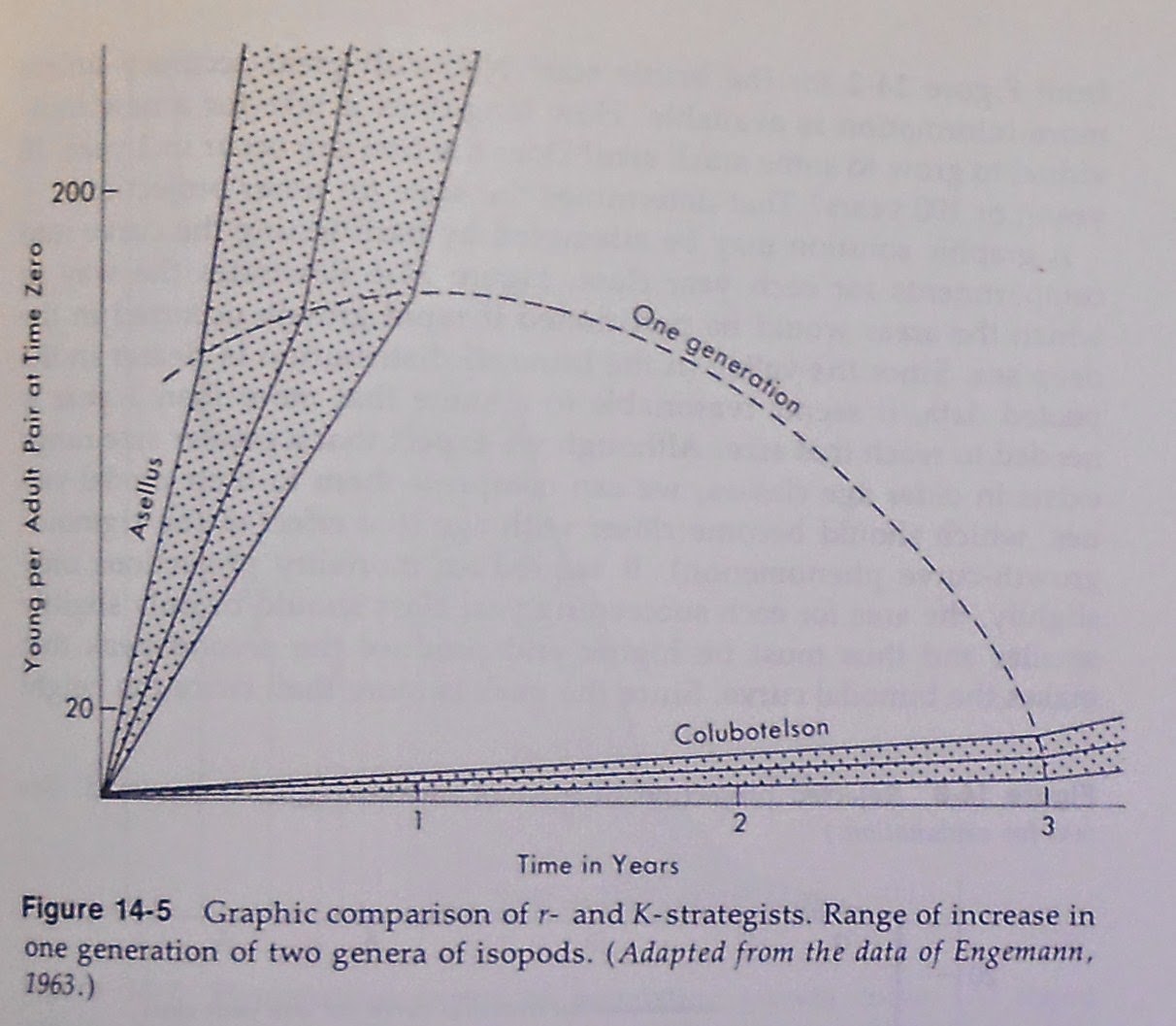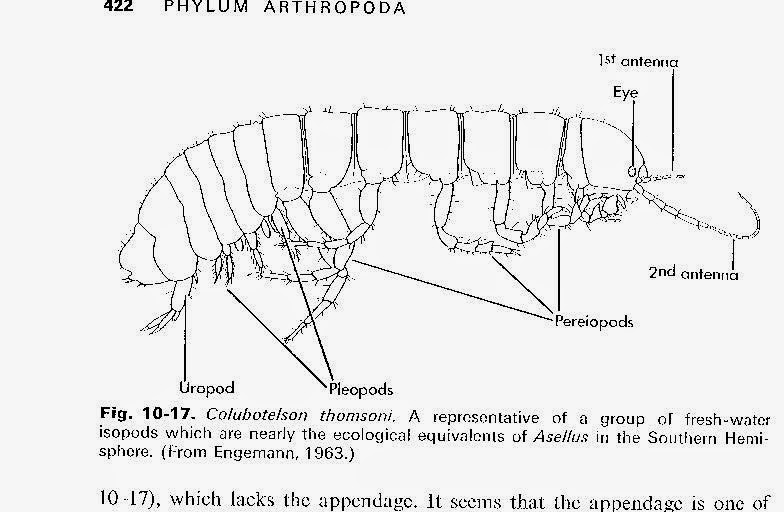God: Lection Divina
GROWTH IN SCRIPTURE READING
Lectio Divina is an approach to spiritual reading of the Bible. The five components are described in a brief account by Stephen J. Binz in the July/August issue of the the WORD among us. A 152 page book on the topic by the same author is also available from wau.org/books online. It is an approach to scripture reading, not a method.
First, read, one reads or listens to the word of God in some passage of the Old or New Testament. The blend of daily readings listed in the WORD among us can be a good starting point. I have been doing that for perhaps a dozen years. My early attempt to read the bible from cover to cover was never completed as I bogged down in the first few books. Later, I found that opening the bible at random and sometimes looking up particular topics of interest was quite a satisfying source of inspiration.
The real key is realizing that it is all inspired by God although the historical accounts in the Old Testament often leave one wondering until it is understood as leading up to the New Testament of the life and teaching of Jesus Christ. For example, the stern approach of the Ten Commandments becomes understandable when viewed by the two commandments of Jesus to love God and to love others as we love ourselves. When we realize God's awesome grandeur and great love for each of us, how can we not but want to behave as the stern first three or four commandments require. Similarly, if we see how much God loves each of us and wants good for us, how could we desire to treat them less lovingly, therefore we have no need to be reminded by the remaining commandments.
Second, meditate, think of the message or meaning of what you have read or heard. Consider what message it might contain for you today. Be relaxed as you reflect, expect God to inform you. Often the same passage may give you different insights at different times as your needs change. Reread parts as needed. Footnotes and references to other passages may be profitable. For example, a reading for July 1 from Matthew differs from Mark regarding who entered the boat first before the miracle of calming the sea. The reaction of the apostles and the miracle are obviously the important messages. Perhaps Matthew's source was following up the group and Mark's was near the front, probably a fact of no consequence. Some passages may leave me puzzled. Some were coded to avoid provoking civil authorities persecuting Christians; scripture commentaries may help in such cases if footnotes do not help.
Third, pray, respond to God with your thoughts of praise, of his goodness, of your repentance for misdeeds, your needs and needs of others you know.
Fourth, comtemplate quietly and relaxed awaiting God's message to you.
Fifth, proceed to apply what you have learned from the first four steps in your life. It doesn't have to be a dramatic change, just keep at it.
I have a beautiful picture of the title page of the bible I been reading for the last twenty some years. I decided not to include it because of copyright considerations, so look at yours. Crack the book for me and read a passage that catches your eye. Thanks.
Joseph G. Engemann June 30, 2014






















